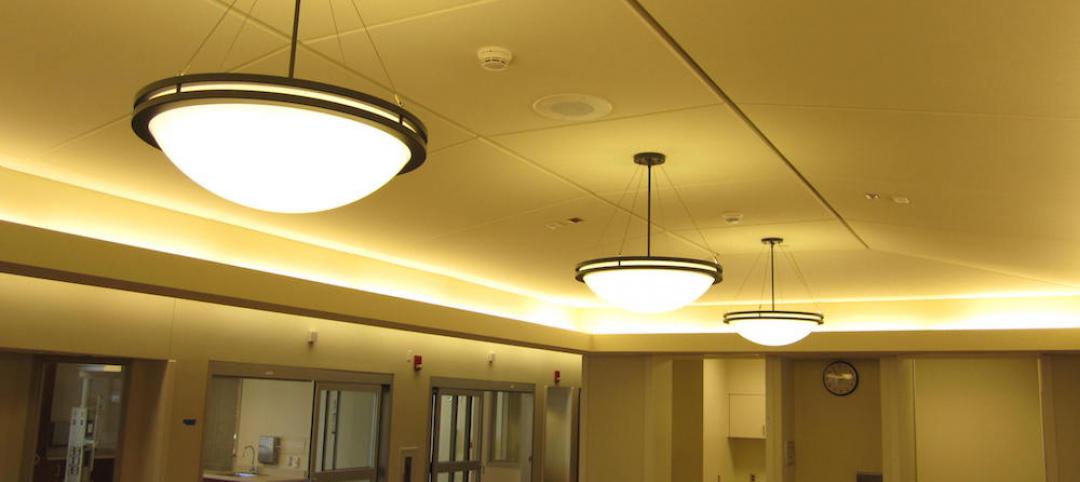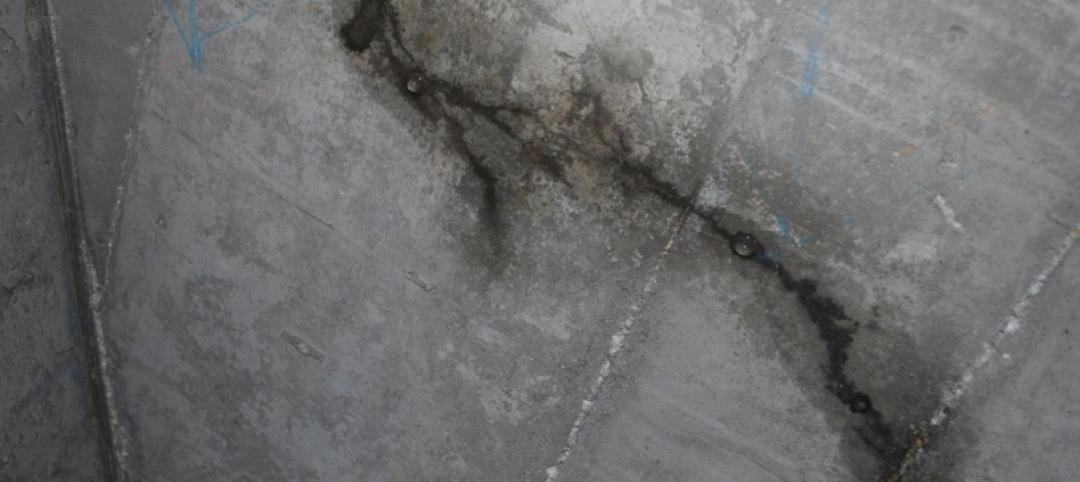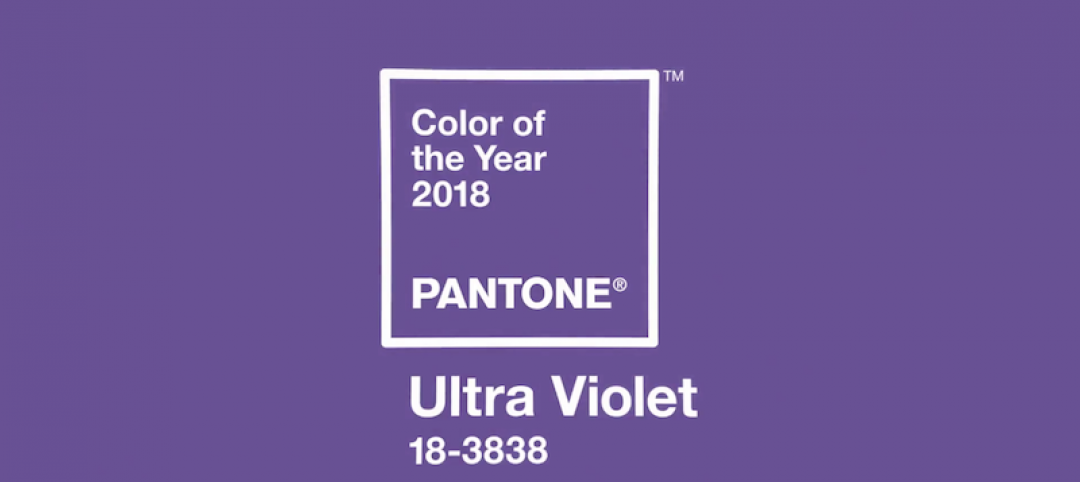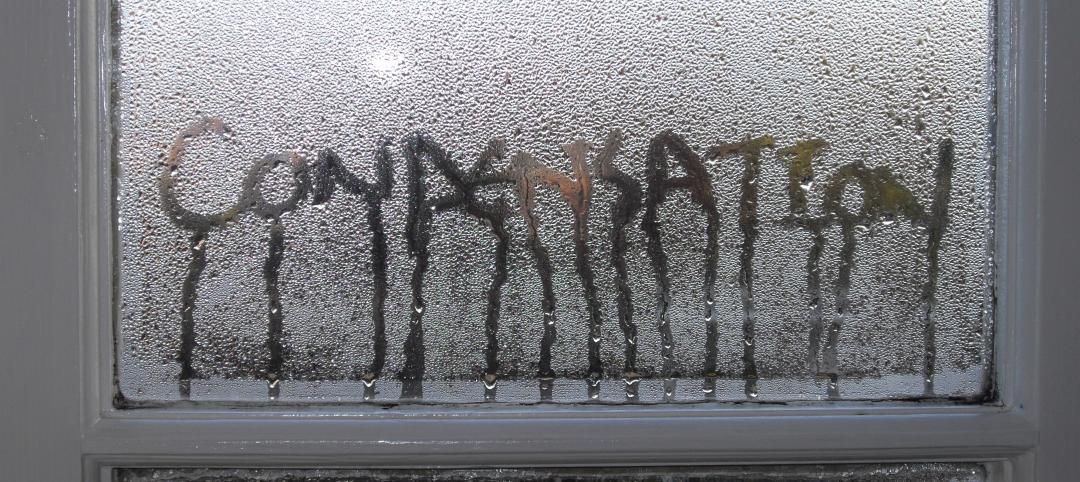Sto Corp., a leader in facade claddings, air barriers, coatings, and renovation systems, has made recent advancements in its branded Sto Panel Technology business. Sto Panel Technology, which produces fully engineered and tested prefabricated finished exterior megapanel systems, is now introducing the versatility of 3D printing to its megapanels with StoPanel 3DP powered by Branch Technology. Sto is also bringing megapanel walls and windows together in a more efficient and integrated way through a collaboration with Kawneer North America.
“At Sto, our overarching goal is to provide architects, designers, and building professionals with the widest range of aesthetics through the most complete collection of building enclosure systems via our offsite construction technologies,” said Tyson Kindstrom, vice president of industrialized construction with Sto. “Megapanels continue to present a host of value propositions to construction professionals – from design freedom, greater efficiencies, and collapsed project timelines to potential cost savings.”
STO/BRANCH TECHNOLOGY: '3D DESIGN FREEDOM' FOR EXTERIOR WALLS
StoPanel 3DP delivers unprecedented three-dimensional design freedom for exterior walls. The megapanel system includes all the building envelope control layers integrated with a unique, fully customizable 3D-printed composite facade. The 3D component, called the Composite Core, is lightweight, structurally robust, and easy to install. Branch’s unique Cellular Fabrication (C-Fab) 3D printing process gives designers and architects the ability to stretch the limits of their creativity. The technology enables StoPanel 3DP to create virtually any 3D shape or form at a large scale.
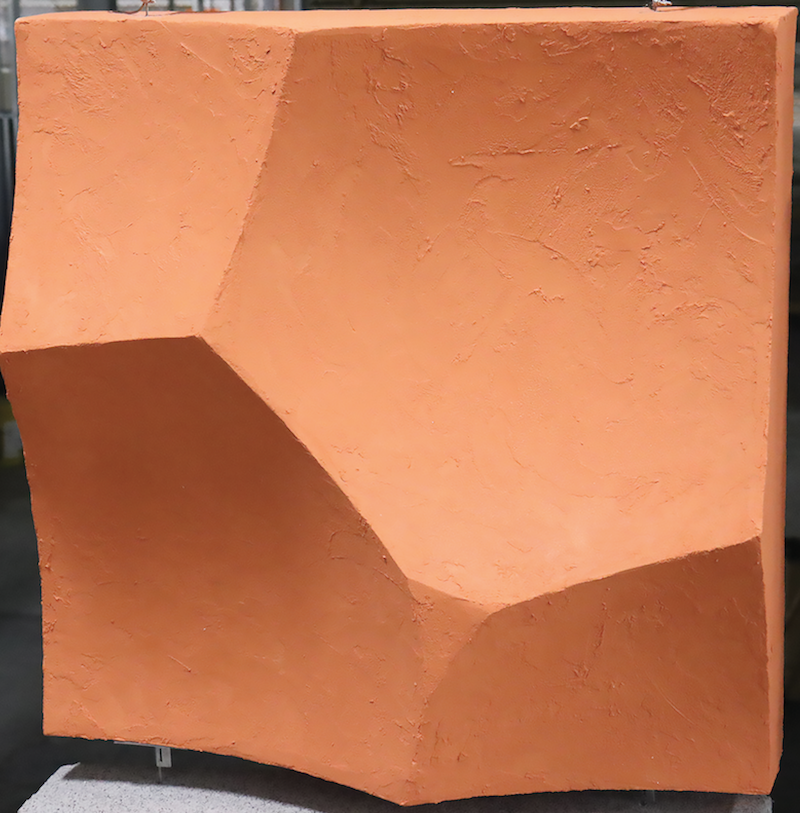
“StoPanel 3DP bridges the gap between design freedom and precision manufacturing to achieve phenomenal results for the building envelope,” said Karine Galla, senior project manager for Sto. “To arrive at this solution, Branch Technology robotically prints a lightweight polymer matrix and then fills that matrix with an insulating foam, providing continuous insulation for the wall panel. Digital files are used versus shop drawings in this manufacturing process, ensuring extreme accuracy that is true to the original design. The result is three-dimensional exterior facade that turns heads and sets a building’s design apart.”
STO AND KAWNEER: INTEGRATING WALLS AND WINDOWS
Sto Panel Technology’s collaboration with Kawneer North America integrates windows and walls together in the manufacturing process, achieving greater efficiencies and improved safety on the job site. Kawneer window receptors are installed during the offsite production of the StoPanel megapanels.
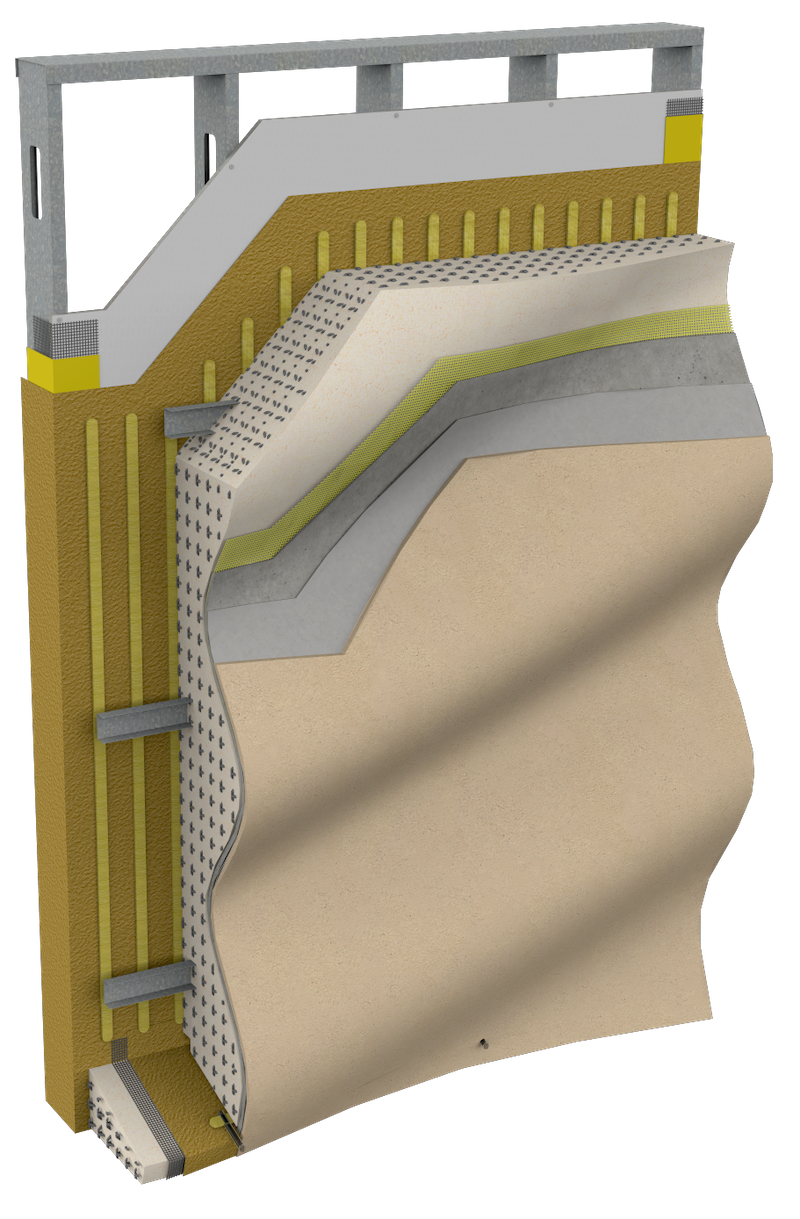
“This has a measurable impact on window installation once StoPanels have been shipped to a location,” said Richard Martens, director of business development for Sto. “By fully integrating the prefabricated wall and window system, crews can install the windows from the inside of the building versus shipping the windows with the wall panels or performing installations from the exterior of the building. It allows for a seamless installation option that drives down material and labor costs while reducing site safety risks.”
Sto Panel Technology and Kawneer North America have conducted independent, third-party testing of the StoPanel with Kawneer windows and customized receptors. The testing covered air leakage resistance, dynamic water penetration resistance, and structural loading. The results showed no water penetration through the StoPanel or the window receptor and perimeter sealant assembly at a test pressure of 10.0 psf, while also meeting a design pressure rating of 40 psf. The system consisting of the StoPanel, Kawneer window and receptor installed in the StoPanel, and window perimeter sealant met the requirements for a 40 psf DP rating when tested in accordance with AAMA 1010.
Sto and Kawneer North America are designing a system with a new high thermal window and receptor to meet more stringent codes. It will also be tested to AAMA 1010.
For more information on Sto Panel, visit www.stopanel.com.
Related Stories
Sponsored | | Feb 28, 2018
Quality Products Needed To Meet Green Building Standards Today
Sustainable healthcare facilities will need energy-efficient building enclosures from the outset.
Sponsored | | Feb 15, 2018
Fact vs. fiction: Hotel waterproofing in coastal zones
Sign up for our free March 6 webinar on “A Project Peer Review: The Single Most Important Factor in Reducing the Risk of a Mold and Moisture Lawsuit in Your Next Project”.
Building Materials | Dec 19, 2017
‘Ultra Violet’ is Pantone’s Color of the Year 2018
The color represents a symbol of counterculture, unconventionality, and artistic brilliance, according to Pantone.
Sponsored | Building Materials | Aug 24, 2017
Controlling condensation
No matter what structural material you build with, be it steel, concrete, or wood, water is the enemy.
Sponsored | Building Materials | Aug 17, 2017
Teflon’s little brother is breathing new life into big design
Lighter than glass and 100% recyclable, one material takes center stage in the future of building.
Concrete | Jul 7, 2017
The secrets held within Ancient Roman concrete could improve future building practices
Not only has the concrete stood the test of time, but it has actually become stronger.



